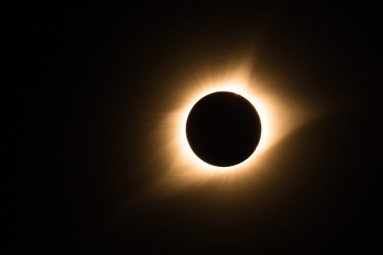
The international food giant Starbucks confirmed that for obtaining the rich red colour, the dye was made from ground up of insects……………
The stunning revelations rocked the consumer base, addicted to the international foodie chain, Starbucks. However the foodie confirmed that the use of the red dye made from grounding insects would be replaced. The statement posted on the company’s blog, by the Seattle-based Coffee giant, it will no longer use cochineal extract, which is processed from crushed beetles, to color some of its red-tinted products.
"After a thorough, yet fastidious, evaluation, I am pleased to report that we are reformulating the affected products to assure the highest quality possible," News.com.au quoted Cliff Burrows, the company's US president, as saying in a statement. Instead, Starbucks will start using lycopene, a tomato-based extract, to tint offerings that need red coloring, including strawberry banana smoothies and miniature donuts. "Our intention is to be fully transitioned from existing product inventories to revised food and beverage offerings near the end of June across the US," Burrows added.
Though the news came as a rude shock, to many about using of Cochineal, however was not new in the food industry and dates back to centuries old custom. At a UCLA “economic botany” website we learn, among other things, that cochineal bug, or Dactylopius coccus, if you want to address it formally, is an insect that sucks the sap of prickly pear cactus. In the U.S. in the 1900s, the article notes, cochineal “began to appear in commercial products of the United States primarily as a food dye, as in pork sausage, pies, dried fish and shrimp, candies, pills, jams, lipstick and rouge, and the brightly colored maraschino cherries.”
The Food and Drug Administration requires companies to note cochineal extract or carmine among their ingredients because they can cause allergies in some. And, of course, some people have dietary reasons to want to avoid the dye. (With inputs from internet: AarKay)















